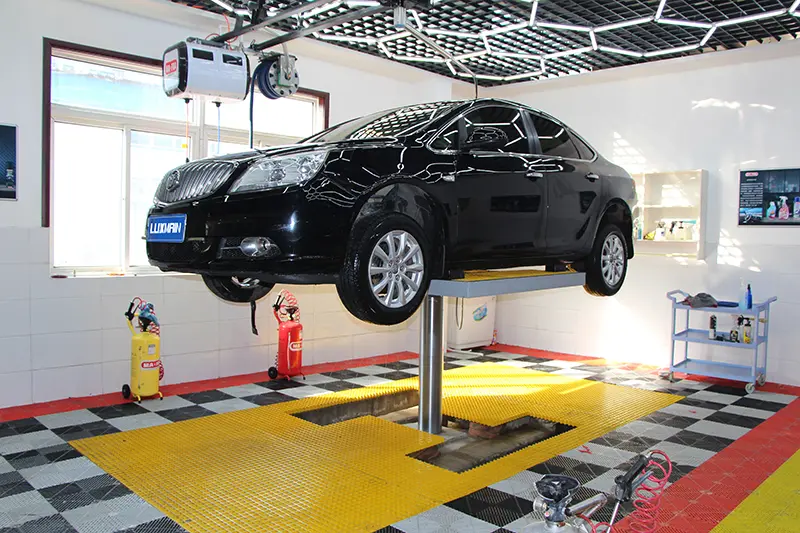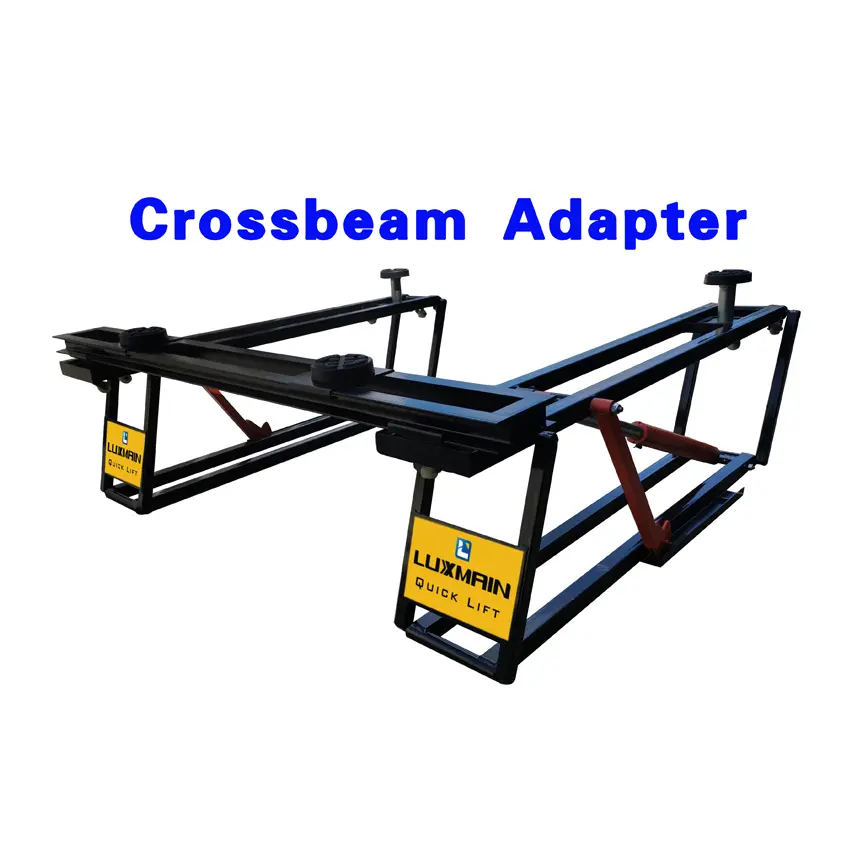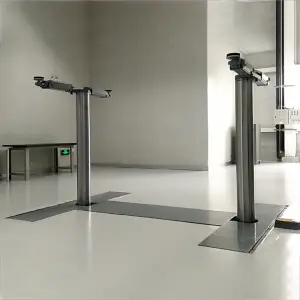****
In the modern world of automotive service and repair, having the right tools can make all the difference. Among these tools, the inground lift stands out as an invaluable asset for auto enthusiasts, professional mechanics, and repair shop owners. These lifts not only provide an efficient way to elevate vehicles for maintenance and inspection but also enhance safety and accessibility. This article dives into the various aspects of inground lifts, including their benefits, installation considerations, and how they compare to other lift types.
Understanding Inground Lifts
Inground lifts, as the name suggests, are installed below the ground level. They typically consist of hydraulic mechanisms that allow vehicles to be raised and lowered into a pit when needed. This innovative design provides several advantages over traditional above-ground lifts. First and foremost, they offer unobstructed access to the vehicle’s underside, making it easier to perform a wide range of repairs—from oil changes to major overhauls.
Benefits of Inground Lifts
1. **Space Efficiency**: Inground lifts occupy less overhead space, making them ideal for facilities with low ceilings. This maximizes the usable area of the shop and creates a more open working environment.
2. **Safety**: With an inground lift, the risk of tipping or instability is reduced. The lift is anchored in place, providing a secure platform that can handle various vehicle weights, from compact cars to heavy-duty trucks.

The Ultimate Guide to Inground Lifts: Revolutionizing Vehicle Maintenance and Repair for Auto Enthusiasts and Professionals Alike
3. **Accessibility**: Technicians can walk around the vehicle without the constraints presented by traditional lifts. This accessibility translates into quicker repairs and enhanced comfort when working under the vehicle.
4. **Versatility**: Inground lifts can accommodate numerous vehicle types, including passenger cars, vans, and trucks. This versatility is particularly beneficial for multi-service shops that cater to a wide range of vehicles.
5. **Better Aesthetics**: Since inground lifts are installed below ground level, they preserve the aesthetic appeal of a garage or repair facility. This is particularly advantageous for car enthusiasts who want to maintain a clean and organized workspace.

The Ultimate Guide to Inground Lifts: Revolutionizing Vehicle Maintenance and Repair for Auto Enthusiasts and Professionals Alike
Installation Considerations
Installing an inground lift requires careful planning and consideration. The process is generally more complex than installing above-ground lifts due to the necessary excavation. Here are a few key factors to consider during installation:
– **Space Requirements**: Before installation, assess your shop’s layout. Determine the dimensions and depth required for the lift pit, and ensure that you have adequate space around the lift for technicians to work safely.
– **Ground Conditions**: The type of soil and ground conditions in your area can influence installation. In some cases, additional reinforcement may be needed to support the lift and prevent ground settling over time.
– **Hydraulic System Design**: Choose a hydraulic system that meets your specific needs. Some inground lifts offer auxiliary features, such as 360-degree rotation or integrated tire changers, which enhance functionality.
– **Permits and Compliance**: Check local regulations regarding vehicle lifts and ensure that your installation complies with safety standards. You may need specific permits for excavation and installation.
Comparing Inground Lifts to Other Lift Types

The Ultimate Guide to Inground Lifts: Revolutionizing Vehicle Maintenance and Repair for Auto Enthusiasts and Professionals Alike
When considering options for vehicle lifts, it’s essential to compare inground lifts to other types available, such as two-post lifts, four-post lifts, and scissor lifts.
– **Two-Post Lifts**: These lifts are among the most common in professional shops due to their affordability and ease of use. However, they may not offer the same level of access as inground lifts, particularly for detailed undercarriage work.
– **Four-Post Lifts**: Providing greater stability and load-bearing capacity, four-post lifts are excellent for parking vehicles or performing maintenance on larger vehicles. Yet, their design can obstruct movement and limit workspace compared to inground lifts.
– **Scissor Lifts**: Known for their compact design, scissor lifts are versatile and can be easily repositioned. However, they typically don’t allow for as much access underneath the vehicle, which can be a drawback for certain maintenance tasks.
Conclusion
Inground lifts represent a significant advancement in vehicle service technology, offering mechanics and enthusiasts unparalleled advantages in terms of safety, accessibility, and efficiency. Considering the benefits of space efficiency, stability, and versatility, investing in an inground lift can enhance your ability to maintain and repair vehicles effectively. While the initial installation may require careful consideration and planning, the long-term gains in productivity and workspace aesthetics make inground lifts a worthwhile investment for any automotive care facility. Whether you operate a professional shop or simply wish to elevate your home garage capabilities, an inground lift can elevate your vehicle maintenance experience.quick lift car lift

